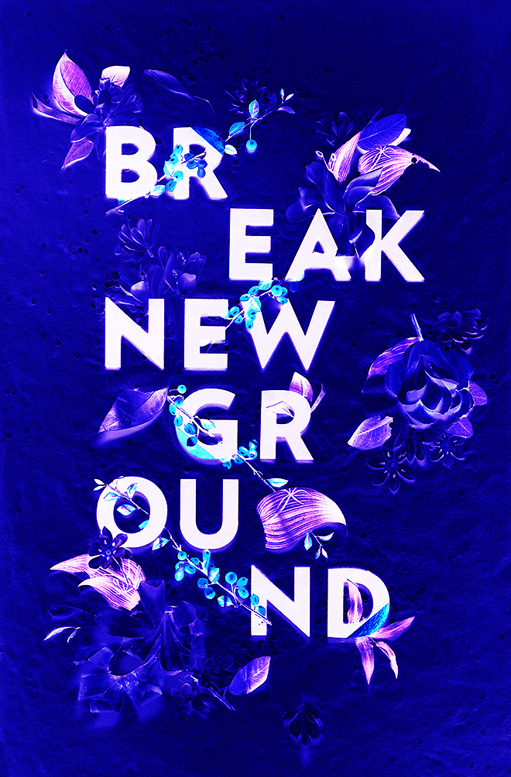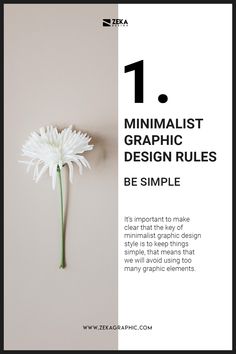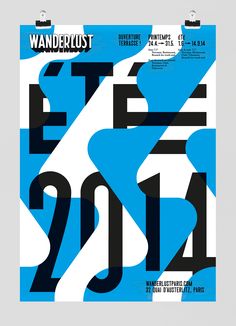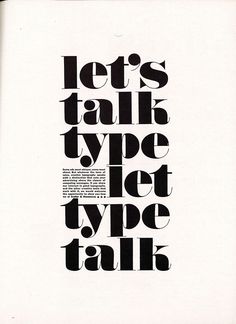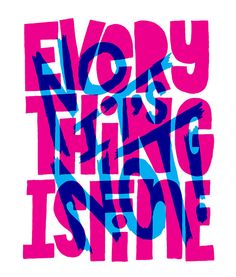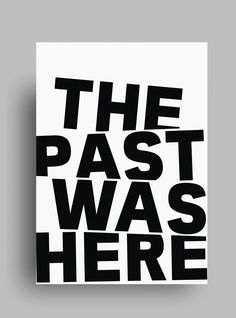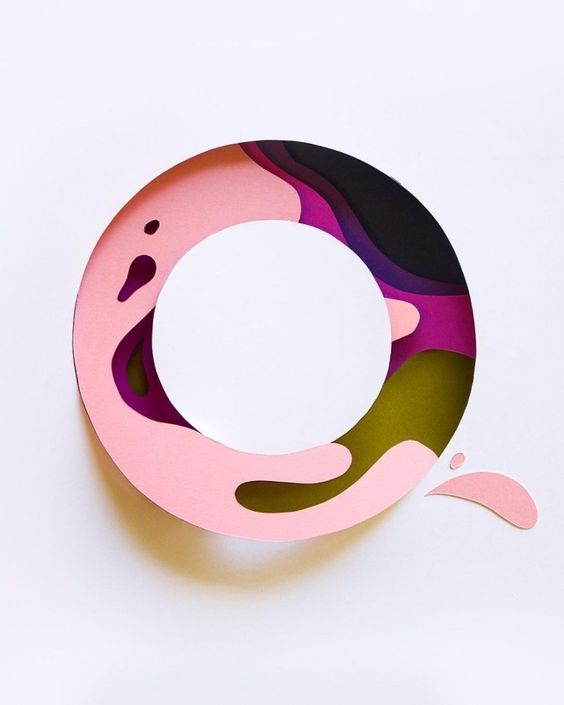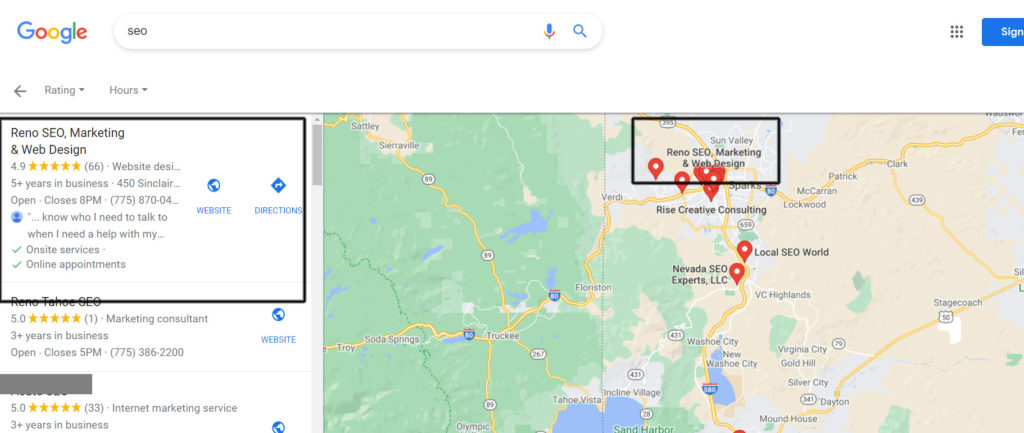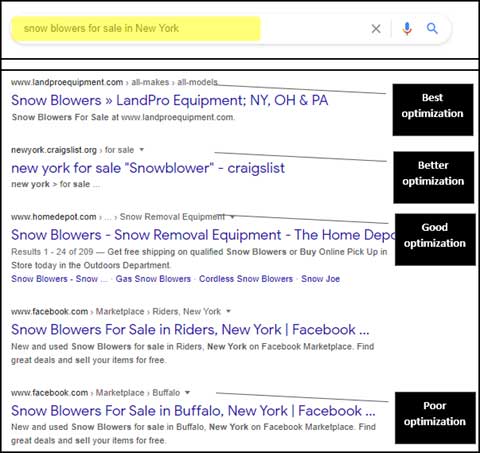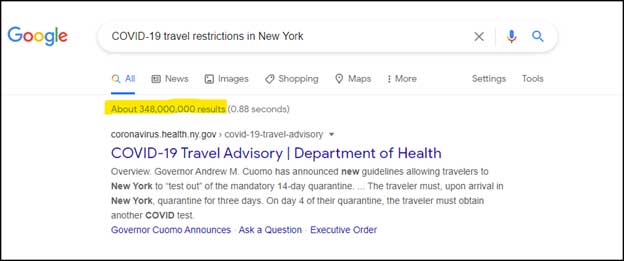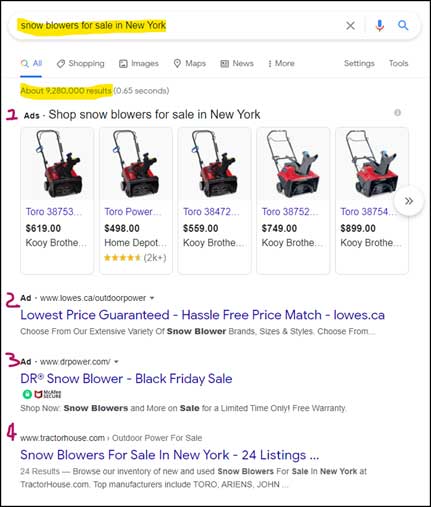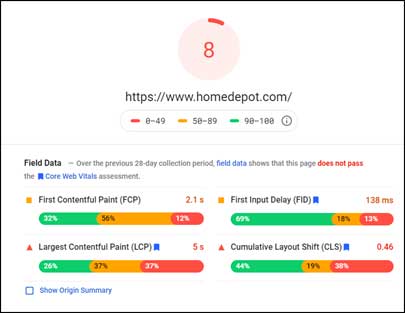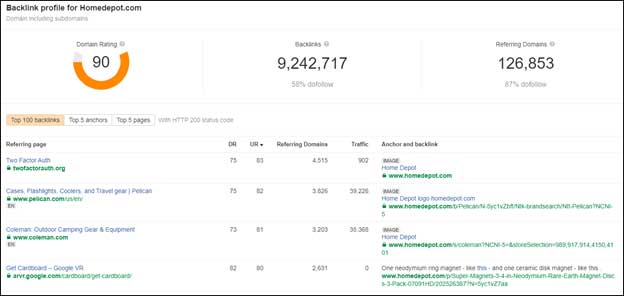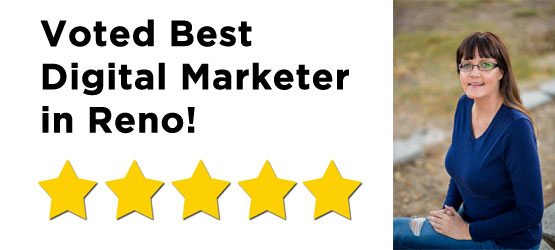Reno SEO Deals
Outrank your competitors in Reno and beyond…
Google SEO Guaranteed!
Our Local SEO is your ticket to more sales.
Reno SEO
How to find the Top SEO Companies in the Reno Nevada?
(How to get my website to the top of Google with SEO?)
If you do a quick search in Google for “Reno SEO Expert”, you will see a handful of PPC ads at the top of the search results. 98% of those companies are not located in the Reno Nevada area.
If you scroll down to the Google Maps area, you will likely find local SEO companies.
And…if you scroll down below the Google Maps section, you will see 2 or 3 actual Reno SEO companies.
With that being said, most of the SEO companies that rank on the first page of Google for “SEO Experts” or related terms, beneath the maps area, are in fact, NOT located in Reno.
In our list below, we break down the top digital marketing experts and their true locations for you.
This data was pulled from SEM Rush and other keyword research tools available online.
1. Reno SEO, Marketing & Web Design – Sandy Rowley, leading SEO expert located in Reno Nevada holds her spot as the top SEO in Nevada, five years and running. Her SEO company is located in downtown Reno Nevada. Renowebdesigner.com
2. SEO – A top contender in the space, hovers over some top SEO positions throughout the month. acuteseo.com
3. Reno SEO – An off shoot company of a local digital marketing expert, (not to be named) is looking to outrank these top positions. Possible black hat practices being deployed.
3. – The companies listed on this directory are paying to be listed as a top SEO. So technically, that does not count as being a good SEO, but we listed this paid directory site simply because they are ranking on the first page of Google for the term. This shows that the Clutch companies SEO team is actually pretty decent at SEO and not neccessarly that the companies listed in this directory are good at SEO. https://clutch.co/seo-firms/reno
clutch.co
4. – This company is based out of another state, but did a good job at ranking for this competitive term. Not Local company.
5. Up City – Yet, another paid directory, looking to use thier SEO savvy to help rank their paying customers within their directory. Again, the SEO companies listed on this paid site, are not neccessarily a good choice for SEO as they either paid to be listed, or simply added their website to the free section of this site.
upcity.com
6. Reno SEO-
renotahoeseo.com These guys have been battling for the top spot for quite a while now. Not sure if they are actually still living in the Reno Nv area, but they have some skills. This is not 100% guarantee that any of the companies listed on this page are a good fit for your needs, simply a list of companies that are working for the top spot in Reno.
7. – This company is possibly located in another country, per our research. They are at the bottom of page one for SEO related terms. These spots are highly volatile and usually fall off page 1 within a few weeks.
8. – Another company, not actually located in the Reno area, but is working to position their website as a local business.
9. Bright Local SEO –
Another paid directory for SEO’s. SEO is about ranking a website for relevant keywords that are searched in Google and other search engines. Paying to list your site as the top SEO company in Reno, does not count as SEO. That is simply buying ad space. Bright Local is a top SEO services company located outside of the Reno area. Again, thier SEO team is great at SEO. The companies that paid to be listed on thier directory, maybe not so much.
10. – Props to this guy. He is at the bottom of page 1 in Google, but his last post on his Facebook page was back over 3 years ago. These types of SEO tactics work temporarily then drop off again to the page 2 or 3 of Google. Not sure if this SEO expert is still located in our area.
How to find a trustworthy SEO company in Reno?
A simple strategy you can use to find a good SEO expert in your area is to do the following:
1. Do a simple keyword search in Google for “Reno SEO”
2. Look at the SERPS or search results that are the top 5 positions in Google.
3. Look at the top 3 results in the local Reno map section.
4. Sort by best reviews.
5. Scroll to see what companies have the best reviews and rank high in Google for the SEO term.
After you have found a list of local Reno SEO companies with good reviews, do the following:
1. Fill out their websites contact form requesting more information. How long does it take for the SEO company to respond?
2. Call the SEO expert and see if they answer the phone or does it go straight to voicemail. (Some of the SEO companies in this list are moonlighting as an SEO and have day jobs.)
3. If the SEO person answers the phone, are they friendly? Are they helpful? How knowledgable are they on the subject?
SEO Tip
Never hire an SEO company or expert based on whether they are “affordable” or not. You get what you pay for. If your company is looking to rank for keywords that will generate your business thousands of dollars a month, why would anyone not just do your business on thier own and make more than the measley $500 a month it would take to rank for those keywords?
How much does SEO cost?
A solid SEO campaign for local Reno keywords is $800 – $8500 per month is the average. This is a reasonable investment for the return a business will have with a reputable SEO service.
SEO is a digital marketing service that takes consistancy and time. It is not a one and done service. Don’t let any companies convince you otherwise.
I am available Monday – Saturday, 8am to 8pm PST. Feel free to email or call with questions. Sandy Rowley and her team of SEO experts are on standby, availalbe to be your go to source for all things digital marketing.
Deal Name : Reno SEO Business Discount
Deal Description: Reno SEO business recieve $150 discount on SEO services. Must be located in Reno Nevada or surrounding cities in Northern Nevada.
Coupon Code: RenoSEO
Expiration Date : 12/1/2023
Why Choose Sandy Rowley and her rock star SEO Team in Reno?
WE HAVE RANKED MORE LOCAL BUSINESSES THAN ANY OTHER SEO IN RENO!
Partner with Nevada’s top SEO expert, Sandy Rowley and her team of battle born SEO experts.
100% SEO Rankings Price Guarantee
Our word is our promise. If we fail to rank your companies website within the first 6 months, we will continue your SEO for free until we do!
KEEP AN EYE ON YOUR COMPETITORS
We build into every SEO campaign, competitor analysis and monitoring on behalf of our clients. Your reputation, rankings and business goals are at the forefront of every marketing campaign we create and implement.
Guaranteed SEO Rankings
Local and Nation SEO Services
Located in Reno Nevada
#1 Choice For SEO Marketing in Reno
Why risk your companies success working with any other SEO company in Reno? Sandy and her team of marketers have a PROVEN track record of ranking hundreds of Reno area businesses at the top of Google searches. Our reviews speak for themselves. We are here to help your company grow.
“Working with Sandy and her team has been an absolute pleasure. She is down to earth, friendly and always there when I need her.”
Mark S.
Ask about our 100% SEO price guarantee.
Website Updates are included in every SEO package
Keep your companies website professionaly updated
Website updates are an important part of a good SEO campaing. Most website udpates are free with our SEO packages. Update simple text and images at no charge. Plugin updates and security patches are included as well. We are able to provide a complete digital marketing service for all Reno area businesses.

SEO DEALS FOR RENO AREA BUSINESSES
Estimated monthly investment. Each client will have a unique set of challenges and goals. Call for a firm SEO quote. Most SEO packages start at $1500 – $5000 per month.
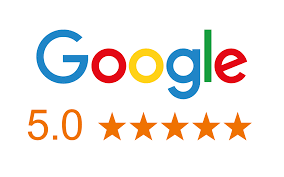
Need some time to come up with a SEO budget?
Ask about our SEO Jump Start Program.
A one time SEO boost for new businesses. $1500 investment.
*National SEO Campaigns available. Call to learn more.
Local SEO Starter Pack
SEO Foundations- Onsite SEO Optimization
- Competitor Keyword Research
- Website Speed
- Local SEO
- Google Maps
- One hour website updates per month
- Content creation
Regional SEO Growth Plan
SEO Growth- Onsite SEO Optimization
- Competitor Keyword Research
- Website Speed
- Local SEO
- Google Maps
- Social Media Support
- Content creation
- Yelp
- 3 Best Rated
- Photo/Video SEO
- Regional SEO
- Social Integration
- 2 hours website updates per month
- Digital PR Addon
Authority SEO Takeover
SEO Boss- Onsite SEO Optimization
- Competitor Keyword Research
- Website Speed
- Local SEO
- Google Maps
- One hour website updates per month
- Content creation
- Yelp
- 3 Best Rated
- Photo/Video SEO
- Regional SEO
- Social Integration
- 3 hours website updates per month
- Digital PR Addon
- 5 Extra Directories
- Multiple keyword rankings on 1st page
- CDN
- High Authority Outreach
- Reputation Monitor
- New opportunity phrase match service
Invest in your companies future…
Secure SEO rankings now!
Success Stories
We have the best reviews in the state. Over 1285 five star reviews on Google, Facebook, Clutch, 3 Best Rated, Alignable, Yelp and other review sites.

Reno SEO, Marketing & Web Design is an invaluable tool for promoting local events in and around Reno. We saw fast results and were able to reach portions of the population that wouldn’t have been available to us otherwise. Sandy is a passionate, knowledgeable professional with so many wonderful tools at her disposal. I’m so grateful to her for her time and attention.

1) listens to understand what you are trying to communicate and then provides expertise to compose and enhance your collection of visual content in an attractive, compelling and easy-to navigate way.
2) follow through, follow-up, taking time to train you on how to update and edit.
3) coaching on how to best position and accelerate your web site objectives.



Let’s Get Started
Ready To Make a Real Change? Let’s Build this Thing Together!






